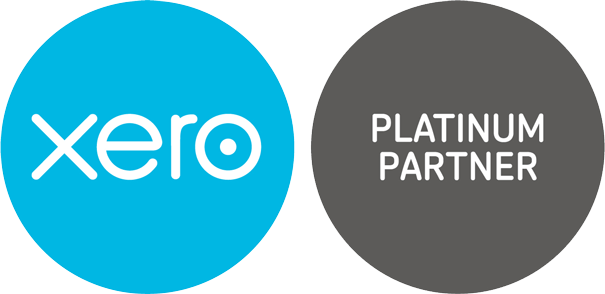News
Avoid the pitfalls of the SEISS scheme
17 March 2022
Thousands of taxpayers benefited from the Self-Employment Income Support Scheme (SEISS) as the pandemic raged over the last two years, before its closure last year.
The scheme, which involved five grant payments, was set up by the Government to provide support for the self-employed, for example sole traders, provided certain eligibility criteria were met.
However, there are many pitfalls facing taxpayers as HM Revenue & Customs (HMRC) claws the money back and it appears many individuals may have misunderstood the rules.
Payment difference
You must tell HMRC if you received more than they said you were entitled to.
The tax office expects you to report this without further prompting.
Accountants in the dark
Many accountants may not have the full details of SEISS grants claimed by individuals and cannot, therefore, advise self-employed workers on the tax implications this year.
This is because the grants had to be claimed through an individual’s personal Government Gateway, which accountants were locked out of to speed up the payments to those in dire need.
Taxpayers should immediately make their accountants aware of the situation if they have claimed so that it can be incorporated into tax calculations and during reporting.
Claims not showing on the tax return
The first three grants were paid before 6 April 2021, so they should have been declared on the taxpayer’s 2020/21 tax return.
HMRC created new boxes on the return forms to report grants and so the self-employed needed to be particularly careful to include the SEISS grants in the box relating to the self-employed grants, not the box for ‘any other income’ or ‘support payments such as CJRS’.
Incorrect declaration on tax return
If the total value of SEISS grants declared on the 2020/21 tax return did not match SEISS grants one to three, which HMRC believes it paid out to that taxpayer, it has confirmed that it will automatically correct the Self-Assessment calculation.
When you receive or assess your tax bill it is important to check in case HMRC has corrected or included a grant.
The tax authority has said some individuals’ tax identities may have been misused to submit a fraudulent claim.
Payments on account
The system assumes the taxpayer will receive at least the same amount of taxable income in 2021/22 as in 2020/21. But the SEISS grants received in 2021/22 are likely to be lower as a maximum of £15,000 could be received in that year compared to a cap of £21,570 in 2020/21.
As a taxpayer, you can apply to reduce the payments on account for 2021/22 through the personal tax account online service or a paper form SA303.
It is important to note that the SEISS grant should not generally be included in the turnover of the business for the period.
Making payment into the wrong account
You can also tell HMRC if you want to voluntarily pay back some or all of the grants you received. You can do this at any time.
The SEISS repayment has to be made to a specific HMRC bank account set up for the purpose and be accompanied by the grant claim reference. The taxpayer should not repay the grant into their Self-Assessment tax account.
For help and advice on SEISS taxation, you should speak to an accountant at the earliest opportunity.
Case Studies
-

Sometimes a business does exactly as it says on the tin
-

A shared passion for architecture and a head for numbers
-

Customer care is top of the list for packaging business
-

Smiles all round for dental practice
-
Child's play with proactive accounts management
-

Cut above the rest in personal management style
-

A modern approach required for music moguls
-

A taste for growth, a thirst for knowledge
-

Taxing demands with old school charm


